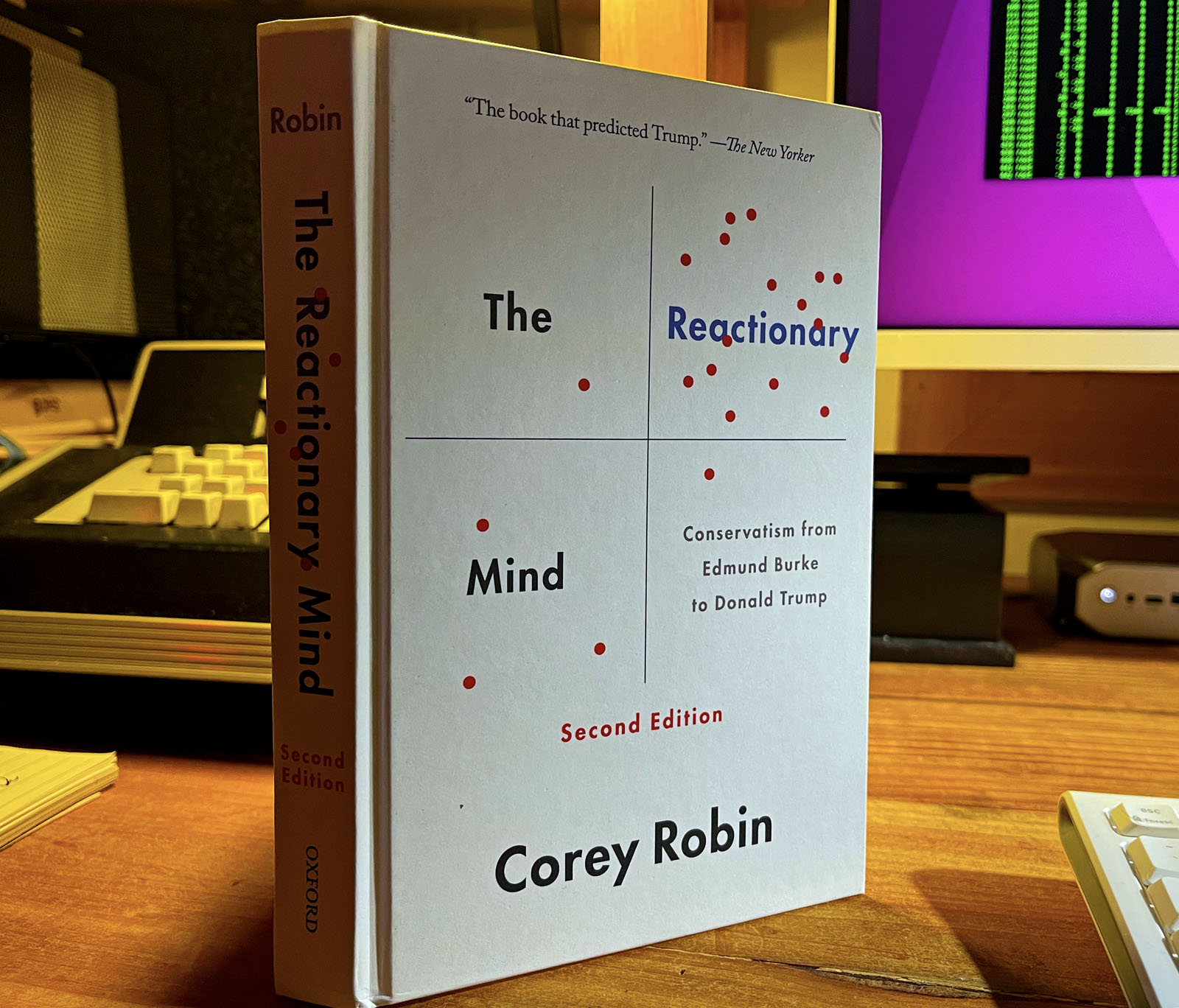
When in the same room as the abundant kindness and goodness of President Joe Biden, how can Republicans even stand themselves? I’ll answer my own question. Many Republicans are so far gone that they can’t even know what they are.
I did not watch Sarah Huckabee Sanders’ Republican rebuttal. But according to Heather Cox Richardson, Sanders said, “The dividing line in America is no longer between right or left. The choice is between normal or crazy.”
I have little doubt, professional liar that she is, that Sanders is so blind that she actually sees things that way. And she is far too far gone to realize that normal people, aghast at such a voluntary public display of blindness, will instantly understand that Sanders is projecting, a psychological trick that is essential to maintaining stability in the right-wing psyche. If they didn’t project their own craziness and meanness onto other people, they’d have only themselves to hate.
I never go on Twitter, but several news outlets are reporting that George Santos, an amateur liar and swine so vile that even many Republicans can’t stomach him, tweeted: “SOTU category is: GASLIGHTING!” I’m glad that I can’t even imagine what goes on in the mind of someone who can be like that and think like that.
Kevin McCarthy deserves some credit here. He was completely civil all through Biden’s speech, and he even tried to shush the outbreaks of booing and heckling from the Republican side of the room. But McCarthy has made his bed, and now we will see how long he can lie in it. McCarthy has only two choices, really. He can become more like Biden. Or he can become more like Marjorie Taylor Greene. Increasingly I think that the best solution for the world’s Republican problem is for Trump to draw off all the lunatics into a third party, enabling everyone to see what a minority of losers the deplorables are. Then the losers can glory in the acid purity of their own meanness, as they dissolve in it.
For good and decent human beings, the challenge is how to be civil to such people. For Joe Biden, as president of the United States, the standard of civility is very high (not that Donald Trump ever had any such standard). But even Joe Biden baited them and made fun of their cluelessness. He got the best of them, too, right in front of the American people, though no doubt Republicans think the opposite.
President Biden did a brilliant job of describing his vision of an America that is more just, more equal, more fair, more kind, and more prosperous. And yet the Republican Party wants us to believe that Biden’s vision is crazy. Those of us who are not Republicans should be endlessly grateful that, by the grace of God, we are not like that.
“Give not that which is holy unto the dogs, neither cast ye your pearls before swine, lest they trample them under their feet, and turn again and rend you.” — Matthew 7:6, King James version.

“The choice is no longer between right or left. The choice is between normal and crazy.”












